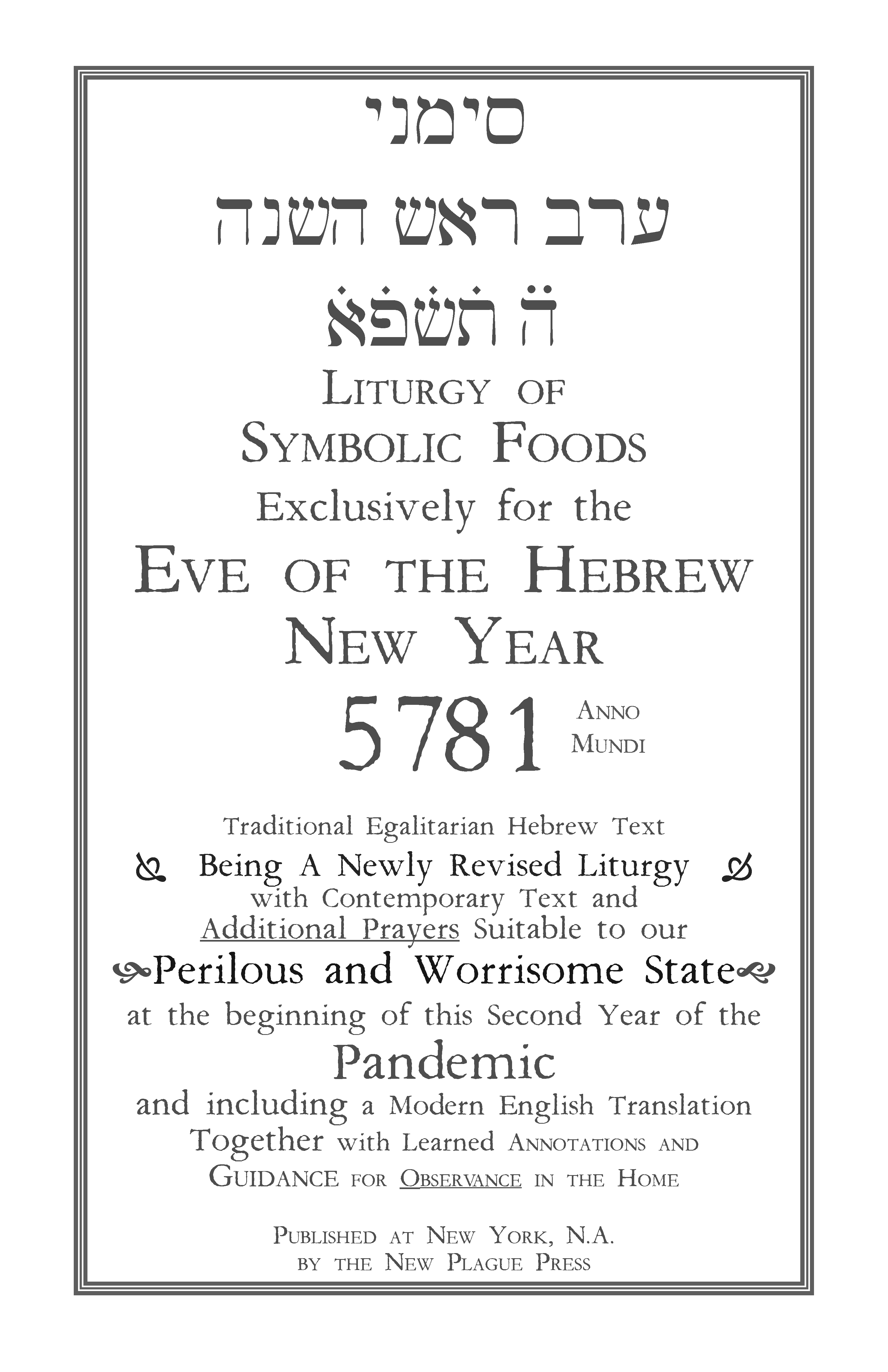
Introduction
Ḥazal, — some of our Jewish Sages, May Their Memory Be For A Blessing — suggest that ‘simanah milsah‘ — a symbol has significance.
Some of the teachers of Jewish tradition encourage us on Rosh HaShanah to partake of a variety of foods suggestive of prosperity and happiness. This usage is alluded to in the directive of the prophet Nechemiah to the assembly: ‘Go your way, eat the fat and drink the sweet …” (Nehemiah 8:10). Our kavvanot — sacred intentions — are that these Symbolic Foods Of Life are to help us effect a good coming year.
At Rosh HaShanah, our Sages suggest that we eat sweet dishes and avoid sour dishes, including salads. This gesture is mentioned as early as the Responsa of the Ge’onim, and has continued through the centuries. Some scholars believe that the Jewish gesture of eating special foods at the beginning of the year to influence future events, as documented talmudically, derives from Roman usage. Ḥazal favoured the introduction of gestures for the Yamim Noraim, the Days of Awe, serving as symbolic suggestions of a happy year to come. Abaye (4th century C.E.) enumerated several food items recommended for Rosh HaShanah usage because of their Aramaic names’ connoting a continuity of good fortune and a cessation of misfortune (Horayot 12a).
All of these have parallels in universal shamanistic convention, that every activity calls forth its counterpart. This influence may be effected through the similarities between the symbols and the gestures enacted upon them, and the parts of the natural world that ceremonial participants wish to influence.
Our kavvanoth here are primarily to incur continued sweetness throughout the year. The tradition of the Ashkenazim, the European Jews, suggests lekakh, honey-cake. The traditions of the Sepharadim, the Spanish and Oriental Jews, suggest other sweets.
This seder is derived in great part from Sh’nei Luḥot HaBrit – Two Tablets Of The Covenant, by Rabbi Isaiah Horowitz (1565-1630), zikhrono liv’rakhah — may his memory be for a blessing. Rabbi Horowitz wrote, ‘May humanity be enlightened in t’shuvah – returning to the right path – in saying these invocations; and may these things be fervently asked for with a whole heart.’

“🗍 סדר אכילת הסמנים | Seder Akhilat haSimanim: The “Symbolic Foods of Life” Seder for Rosh Hashanah by R’ R. Karpov, Ph.D.” is shared through the Open Siddur Project with a Creative Commons Attribution-ShareAlike 4.0 International copyleft license.








Comments, Corrections, and Queries